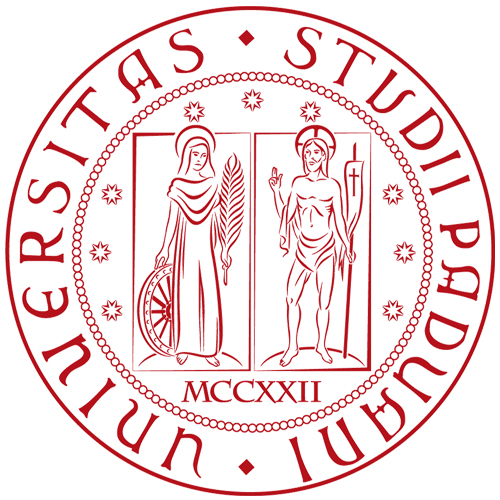PHRC002 : Dedication to Arsinoe Philadelphos, Kaunos - Karia (270-240 BC) Dedication
Permanent ID http://s.phrc.it/phrc002
Text constituted from: I.Kaunos 54.
Other editions:
See also: Caneva 2014; Caneva - Bricault 2019.
Images: I.Kaunos, p. 246, no. 54.
Further bibliography: Hauben 2013.
Online record: PHI
This block provides one of the very numerous specimens of dedications to Arsinoe Philadelphos on small inscribed objects from Egypt and the Aegean world, which make of this queen by far the most frequently attested addressee of ruler cult in the whole Hellenistic period. In the years between the death of the queen (270 BC) and that of his sibling-husband Ptolemy II (246 BC), cults of Arsinoe Philaldephos spread everywhere the Ptolemies exerted their control and influence in the Aegean world, from Peloponnesos to Cyprus (Caneva 2014). The presence of Kaunos among the findspots of dedications to Arsinoe is justified by the role this city in particular, and Karia in general, played in the geopolitical interests of the Ptolemies in Asia Minor as well in the recruitment of their officials in the mid-third century (Hauben 2013, p. 43-44).
The treatment of the block surfaces suggests that, in this case, we deal with the inscribed part of a structure composed of various stones, probably an altar. Since the stone was found reused in the theatre, any attempt at identifying its primary context of use must remain a hypothesis. According to Marek (I.Kaunos, p. 246), the altar could have been dedicated in the sanctuary of Aphrodite at the harbour. The sanctuary of the Egyptian gods provides another interesting option, considering that Sarapis and Isis are associated with the Theoi Adelphoi in another dedication from Kaunos (PHRC019; probably from the reign of Ptolemy III).



